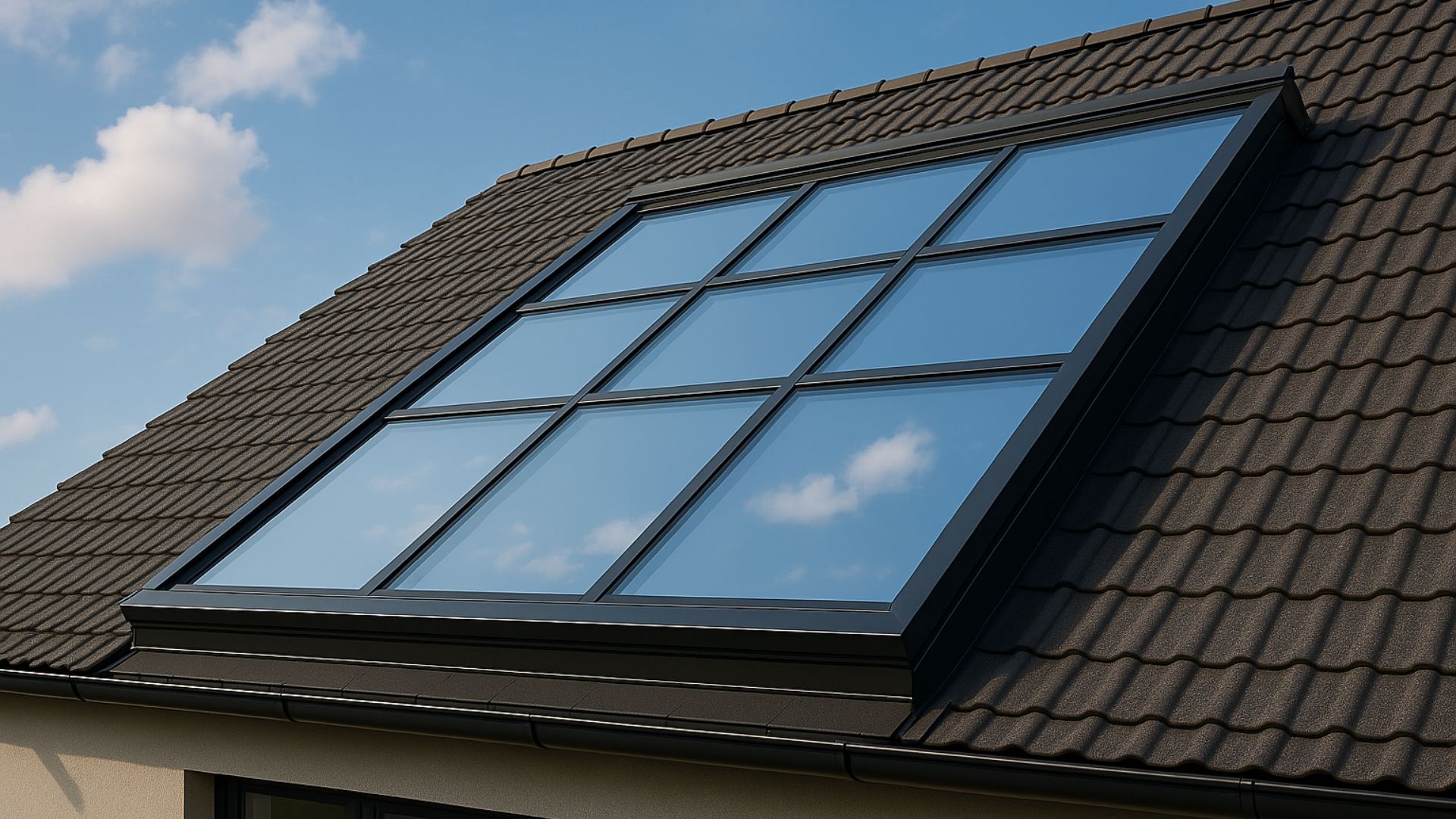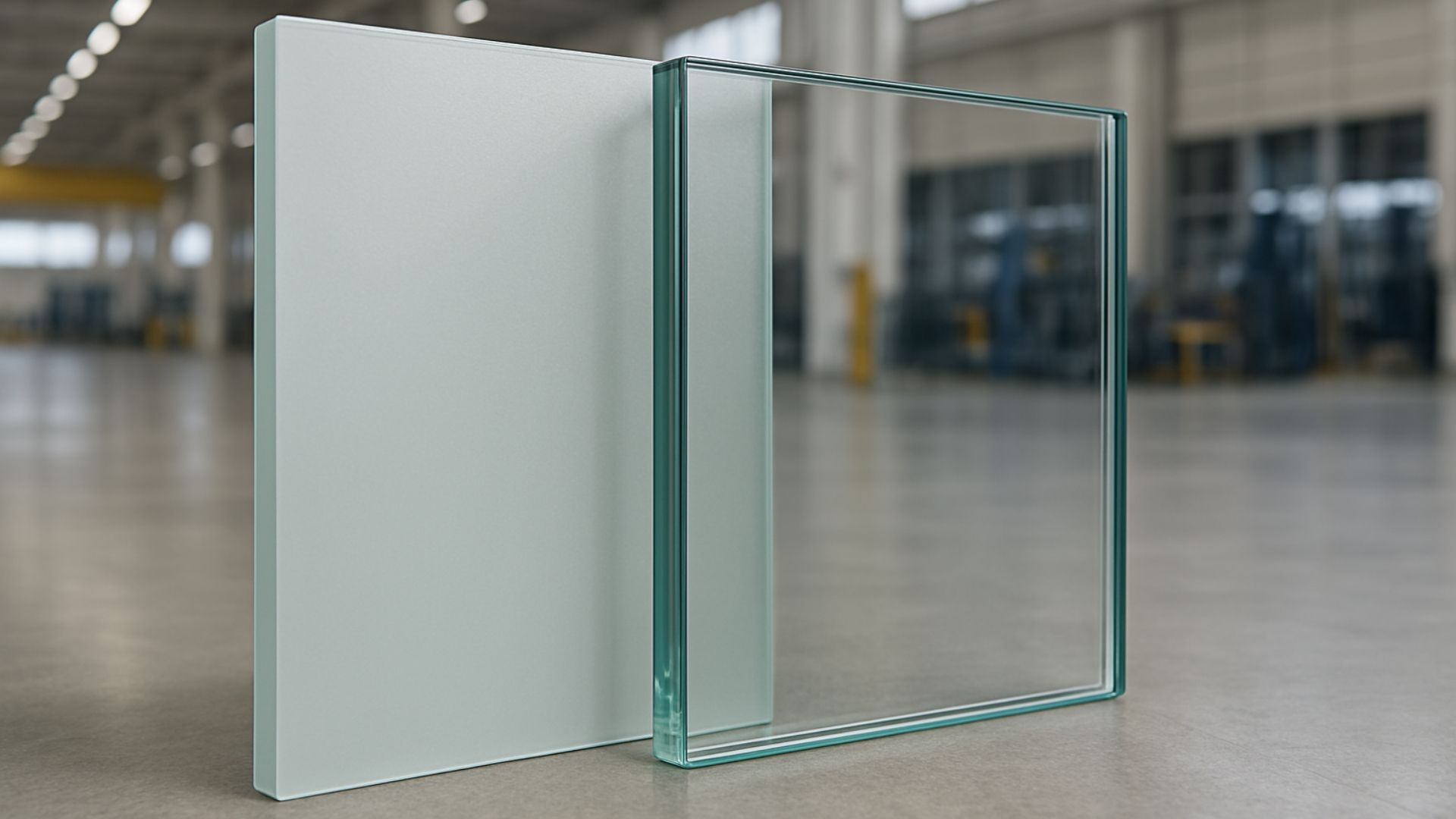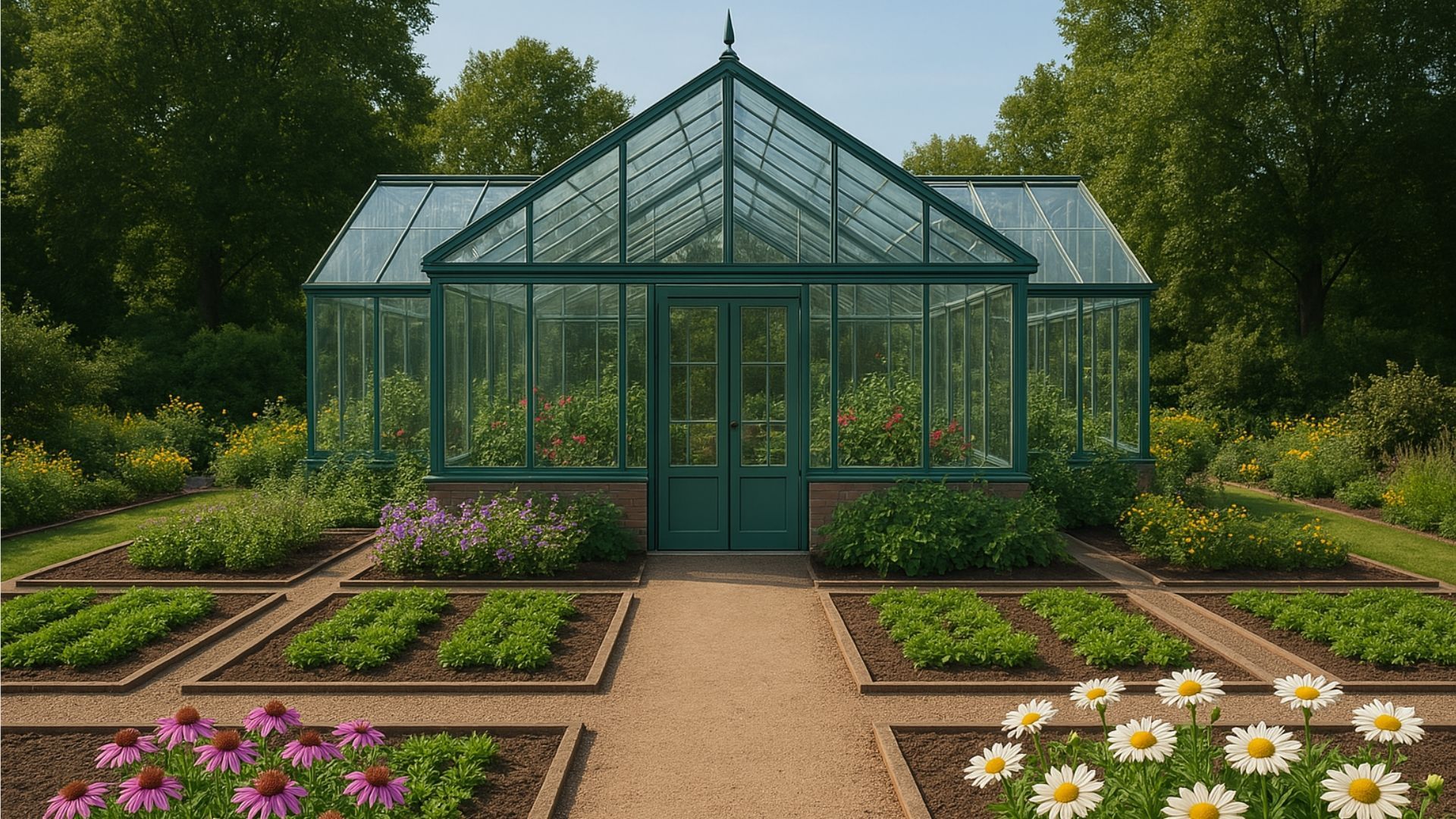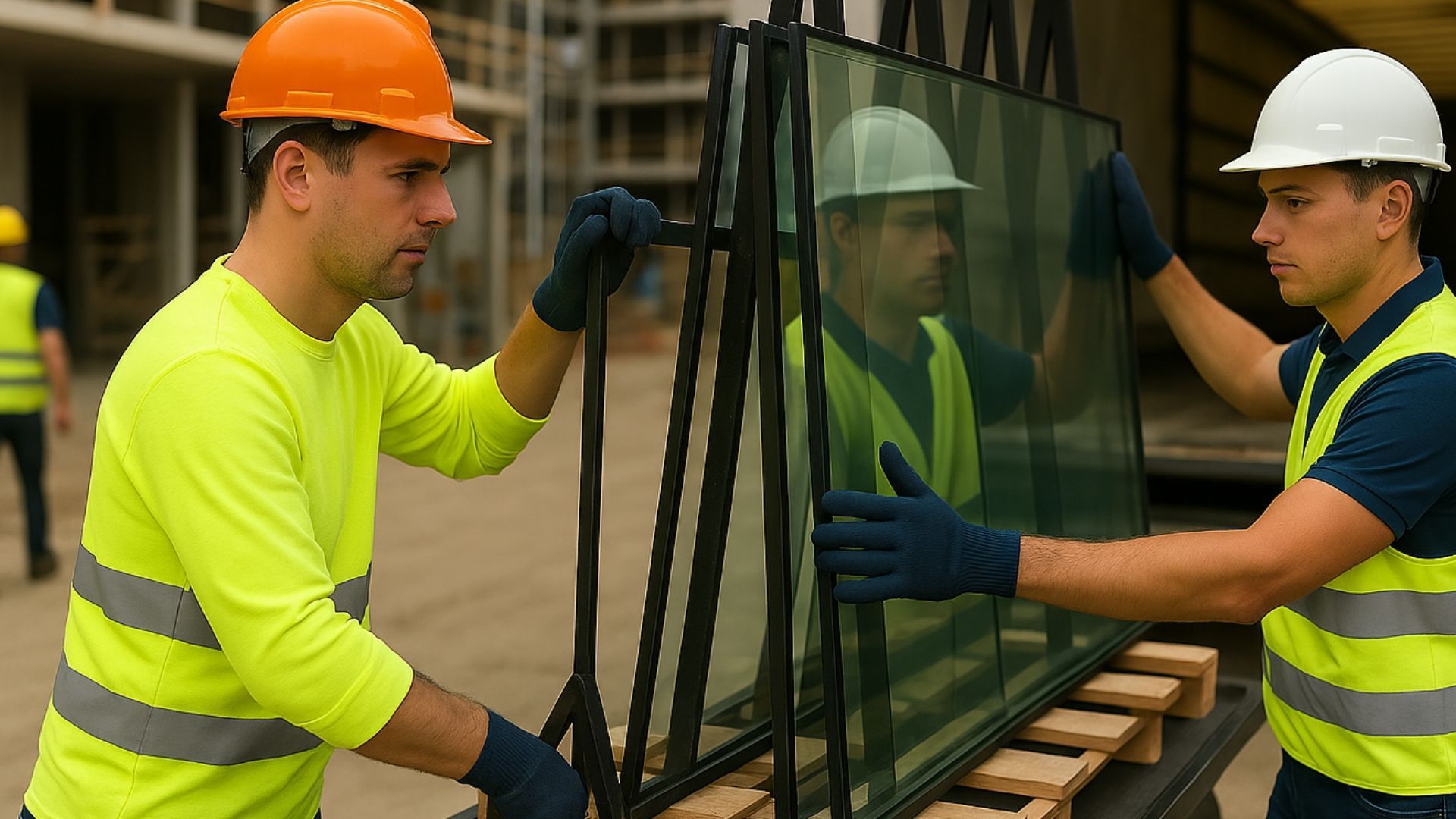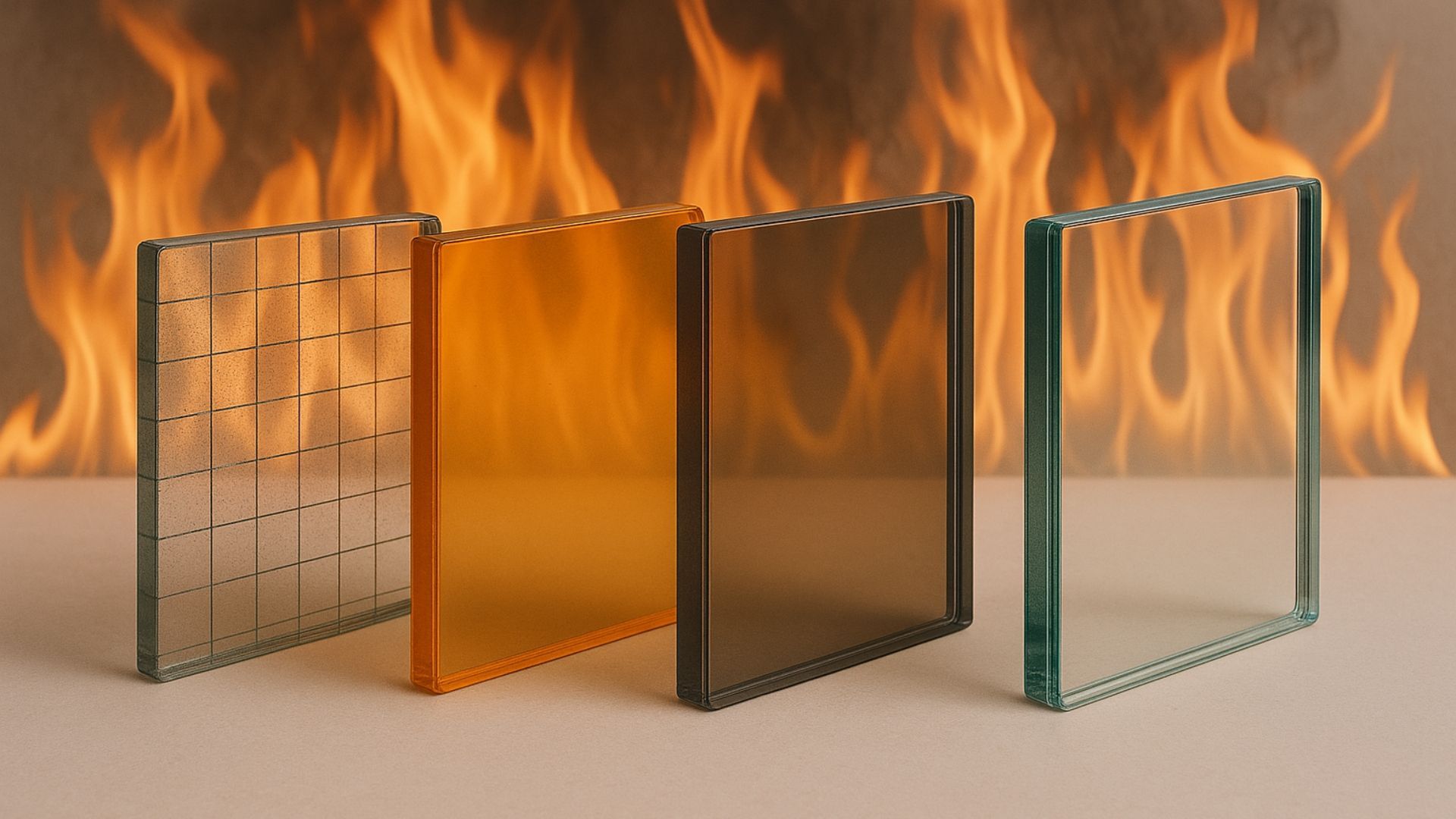5 architectural movements that changed how we use glass
Share this blog:
Glass has played a prominent role in a number of architectural movements. Discover 5 of the most influential.

In the 21st century, it's easy to take for granted the astonishing diversity of architectural styles across the world and over the centuries. Each movement, however, was the product of a lot of work and a lot of innovation.
Take the role of glass in architecture. Over the millennia, we've gone from glass mosaics to stained glass windows, from glasshouses to glass skyscrapers.
And it's not over yet. Architects and designers continue to innovate with self-healing glass,
smart glass and more.
In this article, we look at five architectural movements that changed how we use glass forever.
1. Ancient Roman architecture
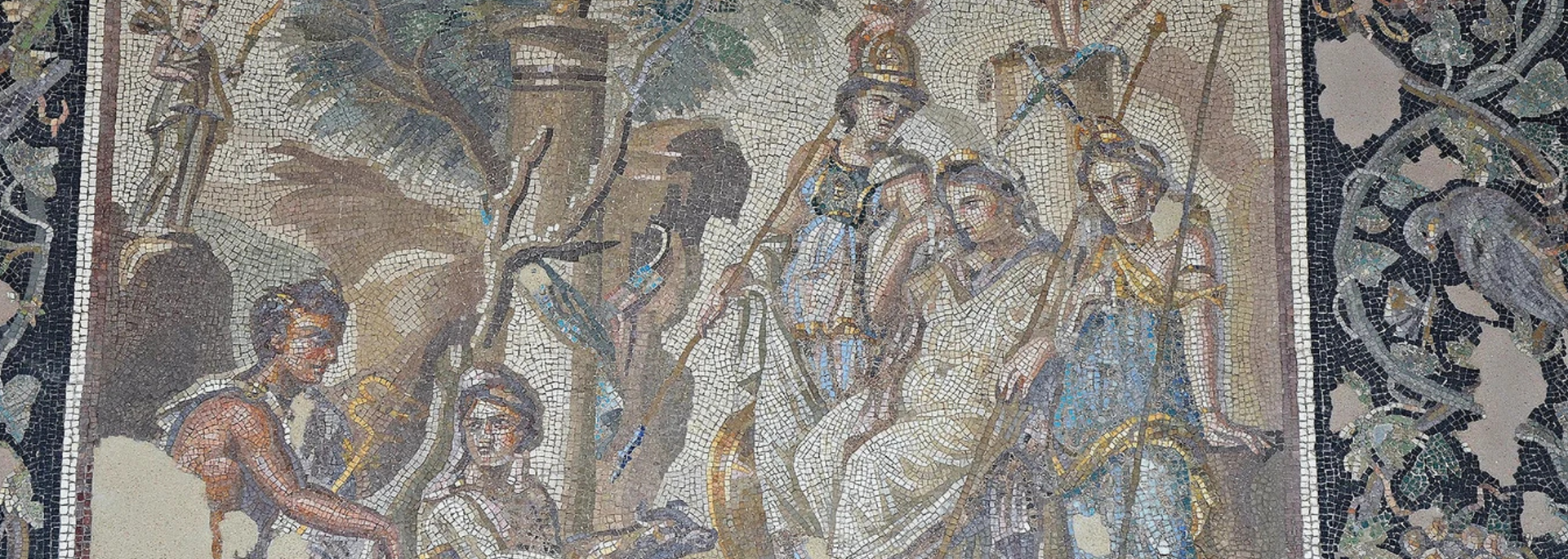
What have the Romans ever done for us? Well, they didn't invent glass mosaics – those have been around since at least the third millennium BC. However, they did create some gorgeous mosaics from tiny tiles called "tesserae".
These mosaics were found on the floors and walls of both private and public buildings. They would often feature figures from history and mythology.
Most tesserae were made from stone, but some included glass. Take the Judgment of Paris mosaic in Antioch. Discovered in 1932, this remarkable piece is constructed from marble, limestone and glass.
Around the same time, the Romans were producing the first window panes. These were placed in wooden frames and backed by a layer of sand or stone.
2. Gothic architecture
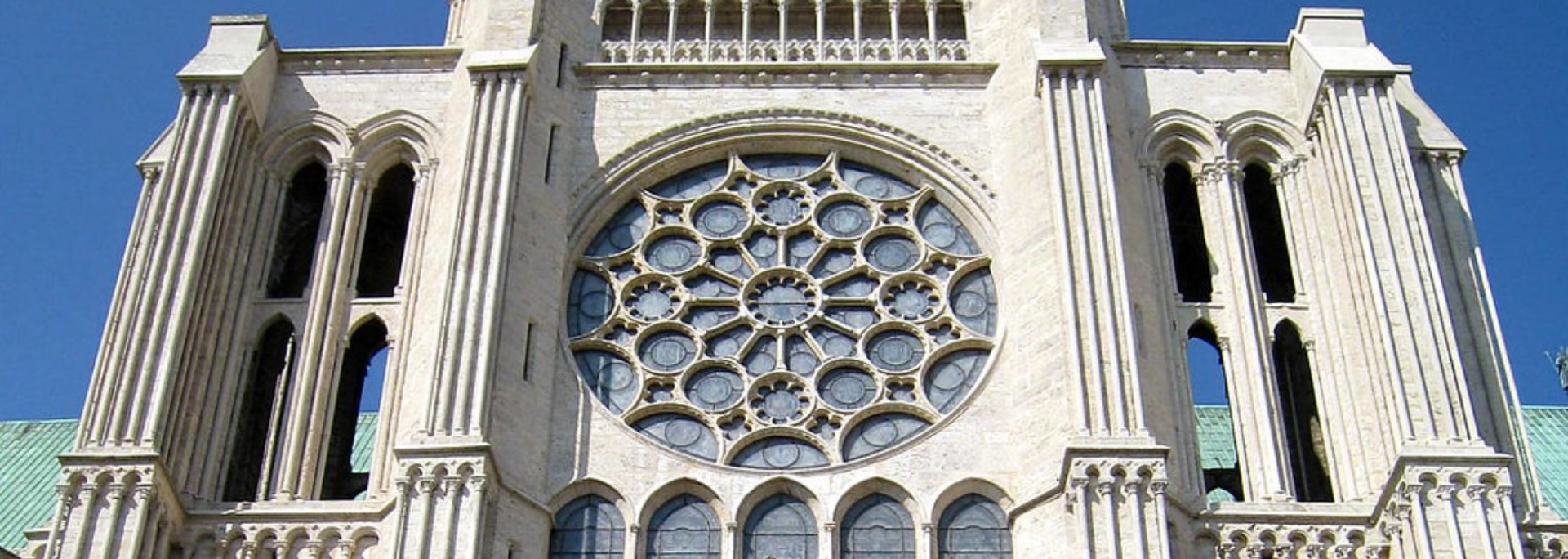
Gothic architecture was a style of architecture that stretched from the 12th to early 17th century.
With Gothic architecture, more is more. Its buildings are highly ornate, replete with pointed arches, ribbed vaults, flying buttresses, pinnacles and spires.
Many medieval churches in the Gothic style also feature rich and beautiful stained glass windows.
These medieval church builders didn't invent stained glass. It had been used by the Ancient Romans and the Egyptians. In Britain, stained glass windows can be found in seventh-century churches and monasteries.
The medieval ages, however, were the crowning achievement of stained glass thus far. Take Chartres Cathedral.
This astonishing feat of architecture features some 176 stained glass windows. These rich, complex, detailed windows show the lives of saints and guilds of the time. They're characterised by deep reds and a shade of cobalt blue now known as "Chartres blue".
3. Victorian architecture
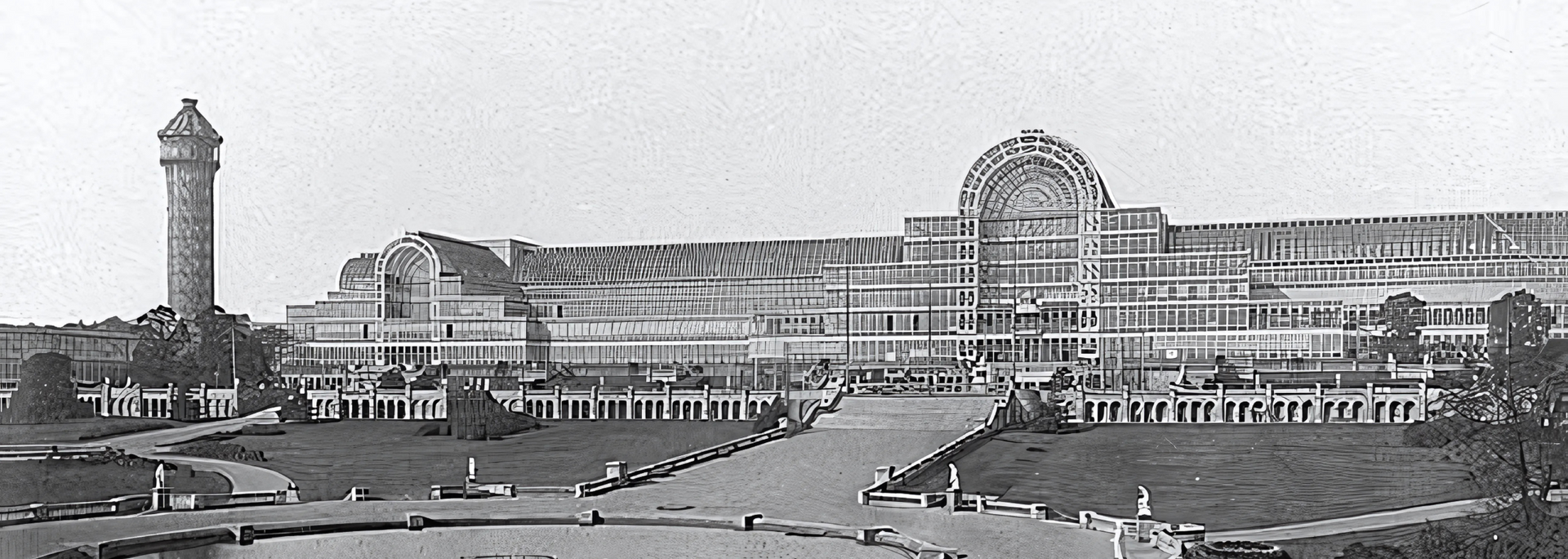
Victorian Britain was a time of rapid change, with cities expanding and industrialisation in full swing. Working conditions were harsh, but the message from the top was clear: Britain was an imperial power to be reckoned with.
This was reflected in much of the architecture. Perhaps the quintessential example of this is the Crystal Palace, designed in 1851 by Joseph Paxton for the Great Exhibition in London's Hyde Park.
The Crystal Palace could have been called the "Crystal Showcase". Its purpose was to show off Britain's industrial innovations to visitors from across the world.
At the time, its steel-and-glass structure was ground-breaking and mind-boggling. This was, after all, the biggest building in the world. It was made of around 300,000 sheets of glass, covering an area equivalent to 13 football pitches. These glass panels, manufactured by Chance Brothers, were the largest ever made.
In 1854, the building was dismantled and rebuilt in Sydenham, South London. It was tragically destroyed by fire in 1936.
The Crystal Palace encapsulated the modernist notion that "form follows function" and was a big influence on architecture in the years to come.
Another Victorian building that changed how we use glass is the Palm House at Kew Gardens, also in London. This ornate greenhouse, made of glass and iron, is home to an astonishing range of palms and other tropical plants. It was the first large-scale greenhouse of its kind.
4. Bauhaus architecture
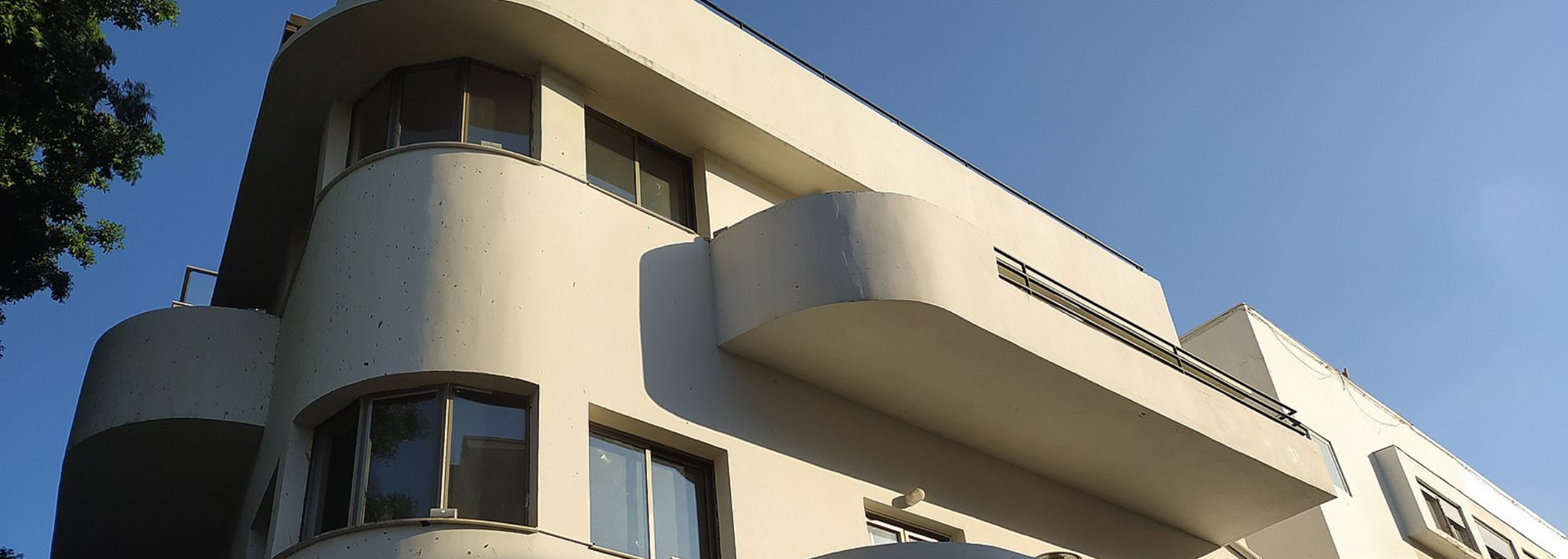
Are buildings functional, beautiful or a bit of both? This complex question has been posed by architects in different forms for millennia.
The German Bauhaus art school was active from 1919 to 1933. It was designed with functionality in mind, as seen in its motto, "Form follows function".
Bauhaus used simple geometric shapes, clean lines, limited colours and industrial materials like concrete, steel and glass.
A defining feature of many Bauhaus buildings is their use of glass corners. The Bauhaus architects thought glass was so much more than a window-filler. They saw it as a way of creating a fluid relationship between the building's interior and the outside world.
The glass corner is part of this project. A Brutalist concrete building seems cut out against the sky. But a Bauhaus building's corners make it dissolve into the sunlight.
One example of this is the Wood House in Shipbourne, Kent, designed by Walter Gropius. It boasts a glass curtain wall facade that seamlessly wraps around the entire length of the building.
5. Postmodern architecture
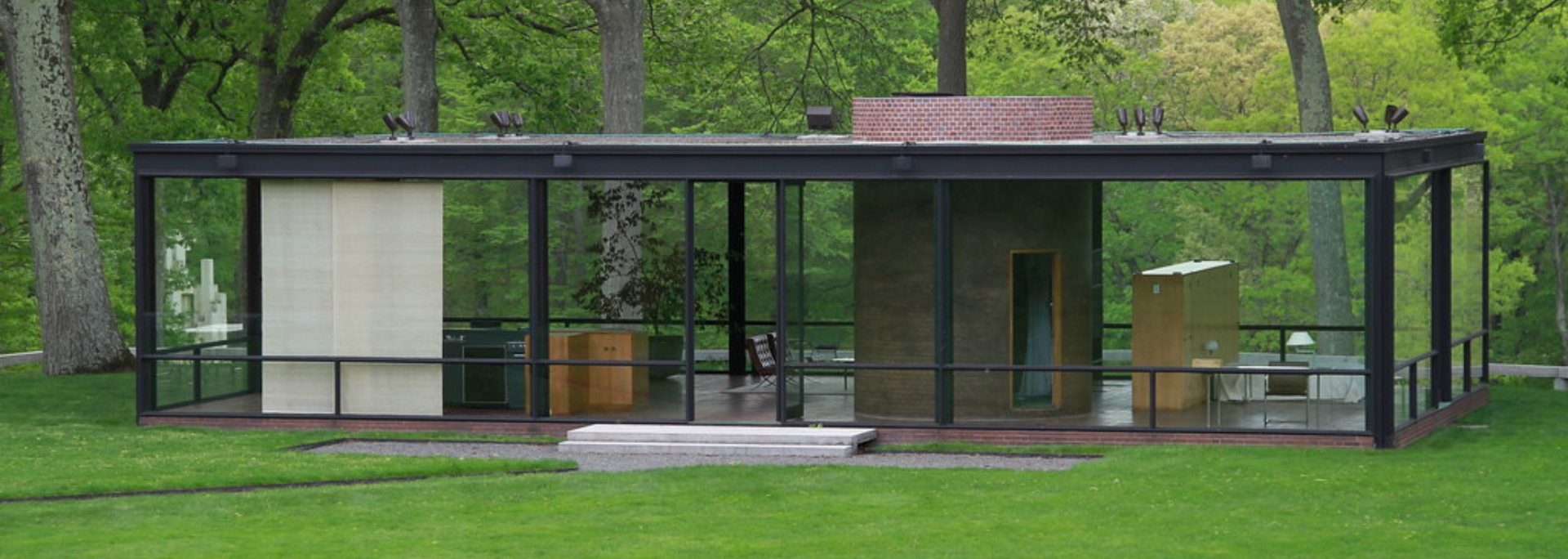
Today, the label "postmodern" is applied to pretty much everything. But in the context of architecture, it has a specific meaning. Postmodernism was an architectural movement that emerged in the 1960s.
Its influence is now so embedded in the world's cities that it's easy to forget just how confrontational it was. Postmodern architects looked around them, saw dull, formal, homogeneous buildings and decided to do better.
Postmodernism is characterised by bright colours, playful aesthetics, unusual shapes and combinations of materials and classical motifs with a (post)modern twist.
Some of the most remarkable buildings to come out of the postmodern movement made heavy use of glass.
Take the Glass House in New Canaan, Connecticut, USA. This is a house designed by architect Philip Johnson and was a pioneering example of the use of steel and glass in domestic construction.
In partnership with John Burgee, Johnson also designed PPG Place, a six-building complex in downtown Pittsburg, Pennsylvania, made out of 19,750 pieces of glass.
These towering buildings are characteristic of postmodernism in one respect. They're identifiably neogothic, with a turreted, spired, buttressed look. But they also unmistakably date from the second half of the 20th century.
ToughGlaze is a Bedford-based glass processing firm founded in 1993. We work with leading architecture and construction firms, supplying toughened, laminated and decorative
glass for buildings around the world. Need high-quality glass for a project?
Get in touch for a quick, competitive quote.


